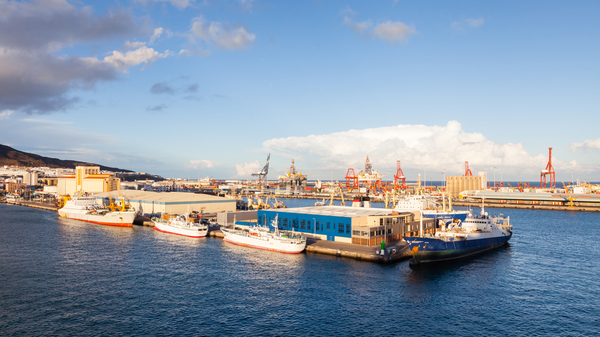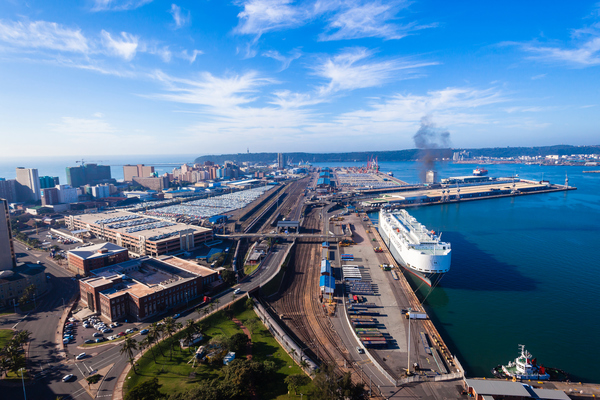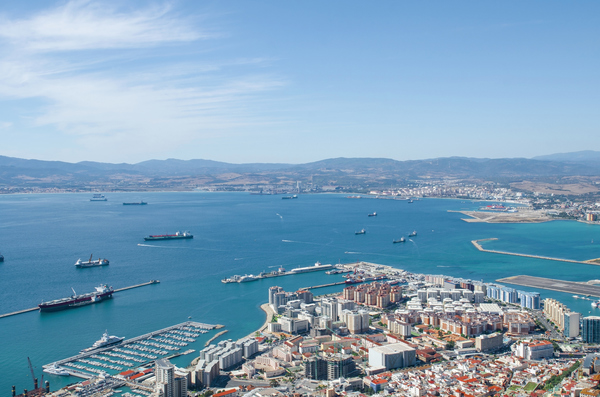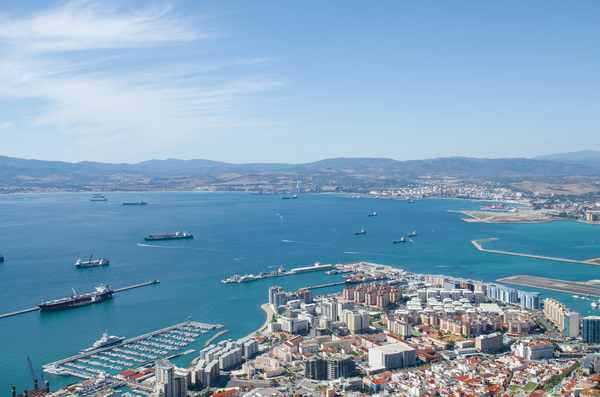Europe & Africa Market Update 14 Oct 2025
Most fuel prices have slumped at European and African ports, while prompt HSFO supplies are tight in Durban.
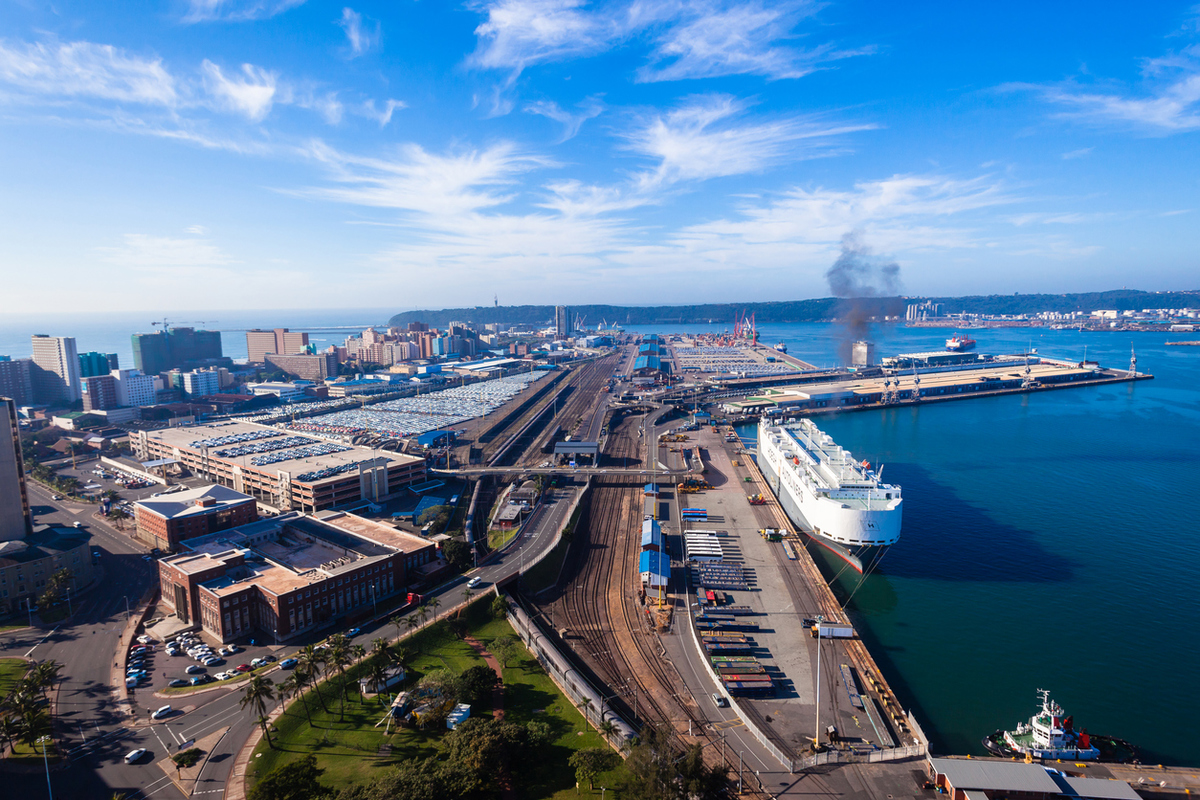 IMAGE: Aerial view of Durban port landscape. Getty Images
IMAGE: Aerial view of Durban port landscape. Getty Images
Changes on the day to 09.00 GMT today:
- VLSFO prices up in Gibraltar ($1/mt), and down in Durban ($32/mt) and Rotterdam ($8/mt)
- LSMGO prices down in Gibraltar ($27/mt) and Rotterdam ($17/mt)
- HSFO prices down in Gibraltar ($20/mt), Durban ($13/mt) and Rotterdam ($7/mt)
- Rotterdam B30-VLSFO premium over VLSFO down by $9/mt to $221/mt
Most conventional fuel prices in the major ports have significantly declined over the last day, tracking the sharp fall in Brent.
The only exception to this trend being Gibraltar’s VLSFO price, which has edged up slightly. Alternatively, the port’s HSFO price has recorded the steepest decline among the three major ports, significantly widening the Mediterranean port’s Hi5 spread to $28/mt, compared to yesterday's very thin spread of $7/mt.
Further South, Durban's VLSFO price has fallen much more sharply compared to its HSFO price, narrowing its Hi5 spread by $19/mt to $104/mt.
Fuel availability in the South African port is stable, with VLSFO supplies possible with a 2-3-day lead time, but HSFO deliveries may take up to a week of notice, a trader told ENGINE.
Weather conditions are rough with waves of more than 2 meters forecast continuously until at least 26 October. Even higher waves of more than 3 meters accompanied by wind gusts of more than 25 knots are forecast on 16 October, between 17-18 October and on 22 October, which may suspend bunkering operations at the port.
At least six vessels are expected to call at the port for bunkers between 14-18 October, according to shipping agent Trade Ocean.
Brent
The front-month ICE Brent contract has dropped by $1.89/bbl on the day, to trade at $61.95/bbl at 09.00 GMT.
Upward pressure:
Brent crude has felt some upward pressure after the OPEC+ oil producers group left its global oil demand growth forecasts largely unchanged at 1.3 million b/d and 1.4 million b/d for this year and 2026, respectively.
Global oil consumption is expected to average 105.14 million b/d this year – the same as OPEC's estimate a month ago.
About 46 million b/d will be consumed by OECD countries, while non-OECD countries are expected to consume around 59.2 million b/d this year. Most of this growth is expected to come from China, India and other Asian countries.
Downward pressure:
Brent crude’s price has slipped as renewed trade tensions between the US and China – the world’s two largest oil consumers – have continued to add uncertainty in the market.
“The oil industry continues to navigate geopolitical issues,” ANZ Bank’s senior commodity strategist Daniel Hynes said.
Last week, Beijing broadened its export controls on rare earths, prompting a swift response from US President Donald Trump, who threatened to impose 100% tariffs and implement software export curbs, starting November 1.
Both nations have now started charging additional port fees on shipping firms that move everything from toys to crude oil. Earlier today, Beijing announced sanctions against five US-linked subsidiaries of South Korean shipbuilder Hanwha Ocean, Reuters reported.
The escalating trade tensions have weighed heavily on market sentiment, according to analysts.
“The trade war is once again grinding its gears, and Beijing is showing no signs of slamming the brakes,” remarked SPI Assets Management managing partner Stephen Innes.
By Nachiket Tekawade and Aparupa Mazumder
Please get in touch with comments or additional info to news@engine.online

Contact our Experts
With 50+ traders in 12 offices around the world, our team is available 24/7 to support you in your energy procurement needs.

